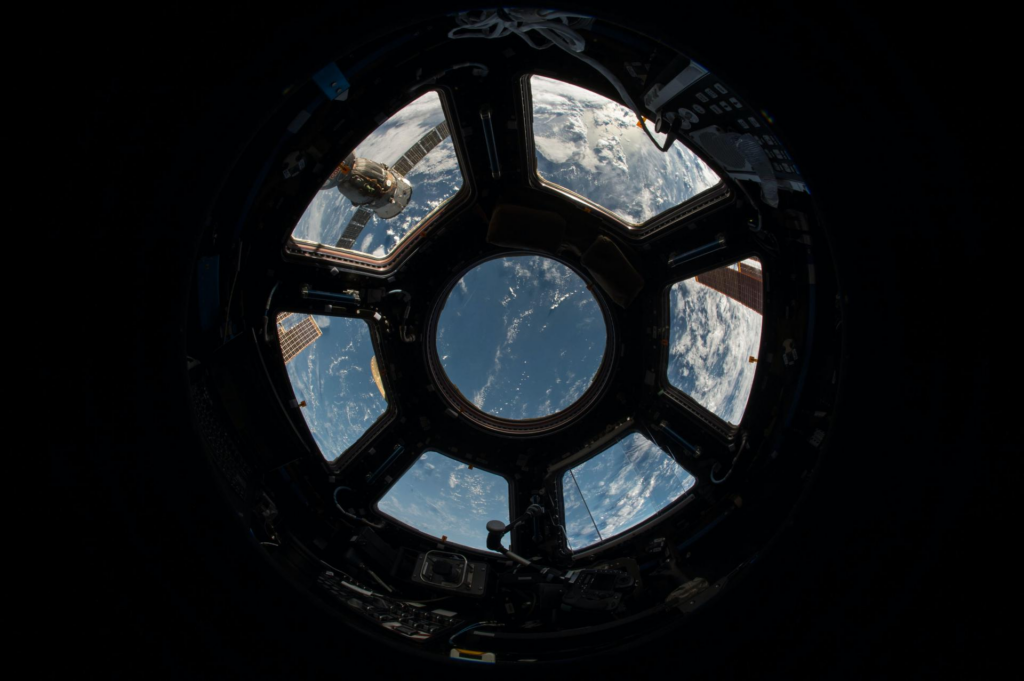12 November 2022 | Climate Tech
Aerospace brings the efficiency
By
The two companies we’ll focus on today have several things in common:
- They’re based on innovations in aerospace engineering
- They’re focused on efficiency rather than the supply of electricity, heat, or materials
I’ve been thinking more about how technologies that make improvements on the ‘demand side’ are underloved compared to the supply side. I’m guilty of the same pattern in my coverage and analysis. As important as developing new fuel and power sources is, there’s a lot of progress in making systems, whether a home or a vehicle, more efficient. Two deals this week offer good examples of companies focused on that:
- TOffeeAM raised ~$5.9M to help companies improve aerodynamics in vehicle parts
- AeroShield raised a $4M seed to use spacecraft insulation for home energy efficiency
Start in space
People are paying more attention to home energy efficiency this year as electricity bills have skyrocketed. The Biden administration has been laser-focused on measures to alleviate the hit this incurs on consumer’s wallets. First the aptly titled Inflation Reduction Act earlier this year targeted the long-end of inflation by opening the spigot for new energy infrastructure. There have been shorter term measures too however, including a $4.
Still, even given the focus, it’s not every day that you see ambitious tech target the not-so-sexy space of home insulation, weatherization, and energy efficiency. AeroShield is doing just that, aiming to bring gels that insulate spacecraft to homes. The firm claims its clear silica aerogels are a more energy-efficient version of a window, and can reduce heat and cooling loss by 65+%.
Considering heat and cooling loss can account for more than a quarter of a home’s electricity bills, this is no insignificant efficiency gain. By some estimates, a third of global greenhouse gas emissions trace back to building heating, cooling, and energy use. It’ll be a long time before buildings are powered with 100% low-carbon fuel sources, meaning efficiency has a significant role to play in emissions abatement in the built environment.

I’ll be most interested to see how AeroShield tackles getting their product into homes. That might sound easy compared to devising the tech. Sure, some early adopter-minded consumers may leap at the idea of fancy new-fangled space windows. But I have a hard time seeing contractors move on from traditional windows. And even if consumers want them and the company goes more DTC, finding people to install them sounds somewhat daunting, too.
TOaffee AM, meanwhile, is targeting the demand side of an entirely different vertical, namely transportation. The firm develops an optimization and simulation platform that helps companies design more aerodynamic parts for everything from jets to fuel pipelines. They’ve already worked with high-profile clients, including a Formula One team.
I’m no whizz at explaining to you how 3D printing or thermo-fluid performance modeling software works. But the interest in TOaffee’s business shows that the aviation industry is interested in more than just new fuel sources to reduce their emissions footprint. Efficiency gains are attractive because they often come with cost savings, too. The same can’t always be said of supply-side energy or fuel solutions that may come with a green premium.
The net-net
Why the demand side is often underloved compared to the supply side is a bigger topic that I’ll pick up again over the coming week. It’s good to see some action on the demand side, as it’s a ripe area to drive decarbonization while saving money rather than incurring more costs. Which isn’t to say scaling products like AeroShield’s will be easy; there are many stakeholders to get on board before homes get built with silica aerogels rather than windows. But if there are meaningful cost savings for consumers over time, that eases the sale.
The aerospace throughline from AeroShield to TOaffee also reminds me that there are probably countless technologies already out there that could be gainfully applied beyond their current applications. This calls to mind recent conversations with stellar engineers looking for their start in climate tech. In the past, I’ve rushed to tell them about existing companies I’m excited about. In the future, I’ll probably challenge them to look at their last gig and ask themselves where else the tech they worked on may be applicable.